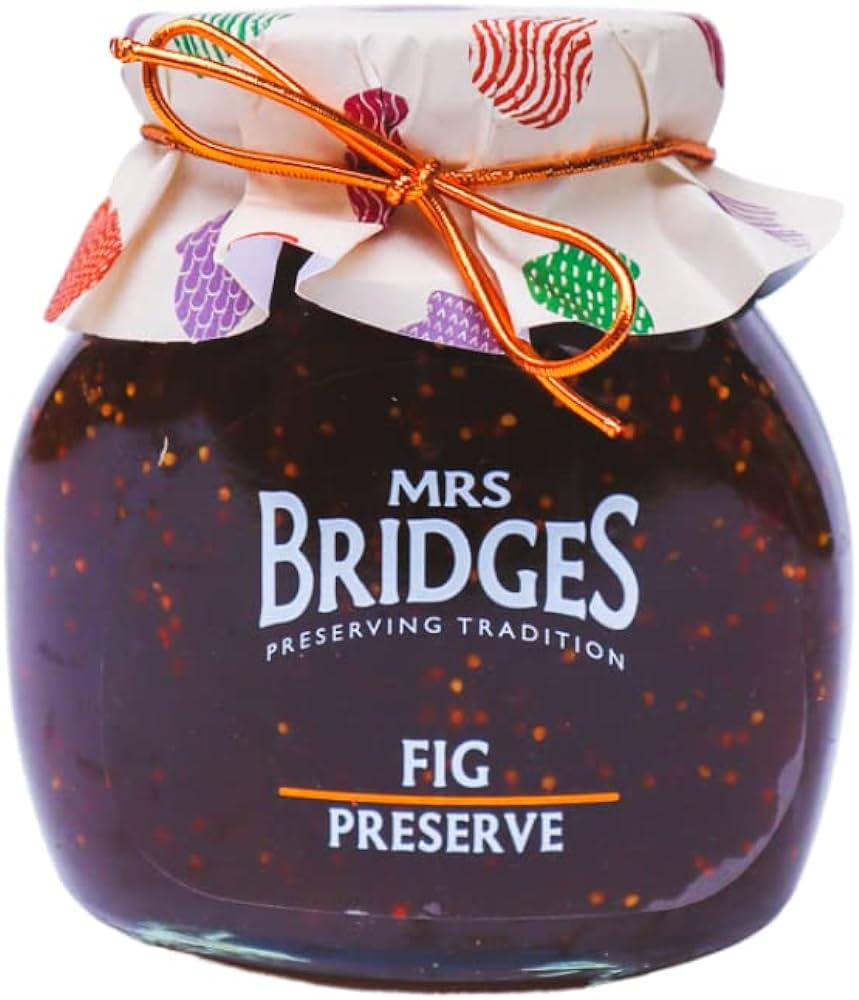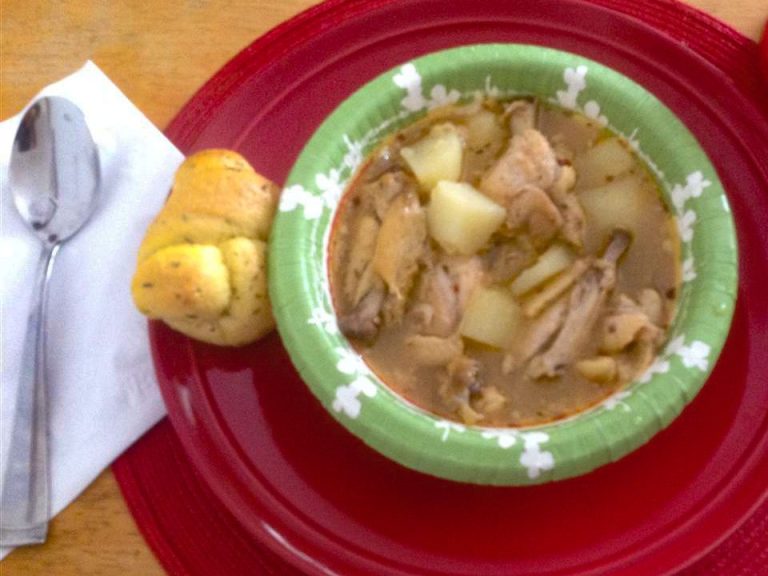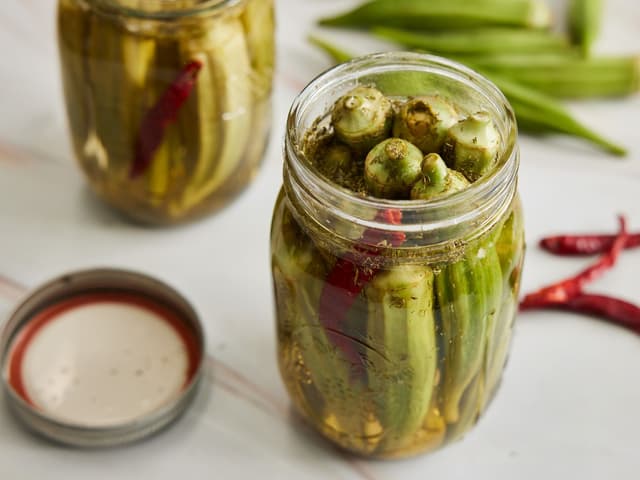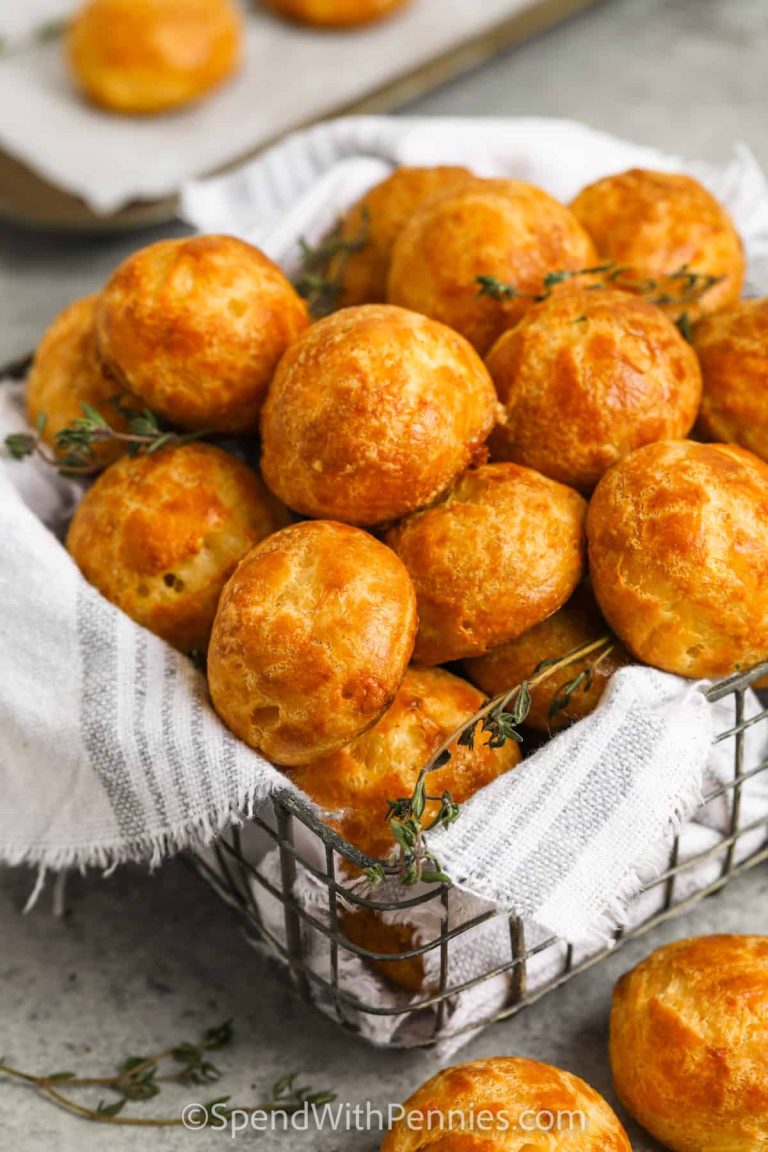Fig Preserves: History, Health Benefits, and Top Brands to Try
Fig preserves have ancient origins tracing back to early agricultural societies. Records indicate that figs were first cultivated in Egypt around 4,000 B.C. These early farmers began preserving figs to ensure a stable food supply throughout the year. By boiling figs in honey, they created a sweet preserve stored in earthenware jars. Ancient Greek and Roman civilizations also adopted fig preservation techniques. They utilized figs in various dishes and recognized their value in trade. Fig preserves became a staple, valued for their sweet flavor and nutrient content.
Popularity Across Different Cultures
The popularity of fig preserves spread across cultures, each adding its unique touch. In the Mediterranean, fig preserves remain a popular breakfast item, often paired with cheese and bread. In France, they’re known for complementing charcuterie boards. Middle Eastern cuisines integrate fig preserves into sweet and savory dishes, showcasing their versatility. In the United States, fig preserves gained traction in the Southern culinary tradition, featuring prominently in biscuits, cakes, and glazes. These preserves also serve as a reminder of the historic migrations and cultural exchanges that have enriched global cuisine.
How Fig Preserves Are Made
Selecting the Right Figs
Choosing high-quality figs is essential when making fig preserves. Opt for figs that are fully ripe yet firm to the touch. Varieties such as Black Mission, Kadota, or Brown Turkey work best. Ensure there are no blemishes or soft spots on the figs you select. Fresh figs typically yield the best flavor. If fresh figs are unavailable, choose high-quality dried figs, rehydrating them in water if necessary.
The Cooking Process
Once you’ve chosen the figs, wash them thoroughly under cool water. Slice each fig into quarters or halves, depending on their size, to ensure even cooking. Using a large pot, combine the figs with sugar, lemon juice, and water. A common ratio is two parts figs to one part sugar by weight. Slowly heat the mixture over medium heat, stirring to dissolve the sugar. Bring the mixture to a gentle boil, continuing to stir to prevent sticking.
As the figs cook, their natural pectin will help thicken the mixture. Simmer the preserves until they reach the desired consistency, usually about 40 to 60 minutes. Skim off any foam that forms on the surface for a clearer product. Use a thermometer to check the temperature; the preserves should reach 220°F (104°C) to ensure proper setting.
After cooking, transfer the preserves to sterilized jars. Leave about a quarter-inch of headspace at the top. Seal the jars and process them in a water bath for around 10 minutes to ensure they’re shelf-stable. Once processed, let the jars cool undisturbed on a kitchen towel. Properly sealed jars can last up to a year in a cool, dark place.
Nutritional Benefits of Fig Preserves
Vitamins and Minerals in Figs
Fig preserves contain essential vitamins and minerals that contribute to overall health. They are rich in dietary fiber, which aids in digestion and promotes gut health. You also get a good dose of vitamin K, critical for blood clotting, and potassium, vital for heart function and muscle contraction. Magnesium found in fig preserves helps with muscle and nerve function, while calcium is crucial for bone health. Additionally, figs include small amounts of vitamins A and B6, which support immune function and metabolism.
Health Benefits of Regular Consumption
Regularly consuming fig preserves offers multiple health benefits. The high fiber content aids in regulating bowel movements and reducing constipation. Antioxidants present in figs combat oxidative stress and inflammation. For those managing blood pressure, potassium helps balance sodium levels, reducing hypertension risks. Fig preserves also provide natural sugars, giving a quick energy boost without the harmful effects of processed sugars. Finally, the combined nutrients support a healthy immune system, strong bones, and overall metabolic health.
Culinary Uses of Fig Preserves
Pairing with Cheeses and Meats
Fig preserves add an exquisite flavor to cheese boards and charcuterie. The sweet and slightly tangy notes complement a range of cheeses like brie, goat cheese, and blue cheese. Spread fig preserves on crackers with goat cheese to enhance their creamy profile. For meats, incorporate fig preserves into sauces or glazes. It’s particularly excellent with pork chops, roasted chicken, and lamb, providing a balance to savory dishes.
Baking and Dessert Applications
Include fig preserves in baking for added sweetness and moisture. Use them as a filling for pastries, tarts, and pies. Combine fig preserves with puff pastry to create delicious turnovers or danishes. Incorporate them into cake batters or swirl them into cheesecakes for a unique flavor profile. Fig preserves also work well as a topping for ice cream and yogurt, offering a rich and fruity enhancement to classic desserts.
Buying Guide for Fig Preserves
Key Ingredients to Look For
When buying fig preserves, focus on key ingredients to ensure quality and flavor. Opt for natural figs, sugar, and pectin. Natural figs provide the basic flavor, while sugar acts as a preservative and sweetener. Pectin helps achieve the desired consistency.
Avoid preservatives and artificial flavors for a more authentic taste. Organic figs are preferable if you want to avoid pesticides and chemicals. Additionally, check for added spices or citrus zest for enhanced flavors.
Top Brands and Varieties
Several top brands offer high-quality fig preserves. Dalmatia produces a popular variety, known for its rich flavor profile and smooth texture. Bonne Maman offers another well-regarded option with a more traditional taste.
Local and artisanal brands can also be excellent choices, often boasting unique flavorings and small-batch quality. Brands like Amazon and Stonewall Kitchen provide specialty varieties, adding twists like balsamic vinegar or vanilla bean for a gourmet touch.
Be aware of the origin of the figs used in the preserves, as this can impact the taste. Mediterranean figs generally offer a sweeter, more intense flavor, making them a preferred choice.
Conclusion
Exploring fig preserves offers a rich journey through history and diverse culinary landscapes. Whether you’re a seasoned chef or a home cook, incorporating fig preserves into your dishes can elevate your culinary creations. Remember to choose high-quality, natural ingredients for the best flavors and nutritional benefits. With options ranging from artisanal brands to organic varieties, there’s a fig preserve out there to suit every palate. Happy preserving!






